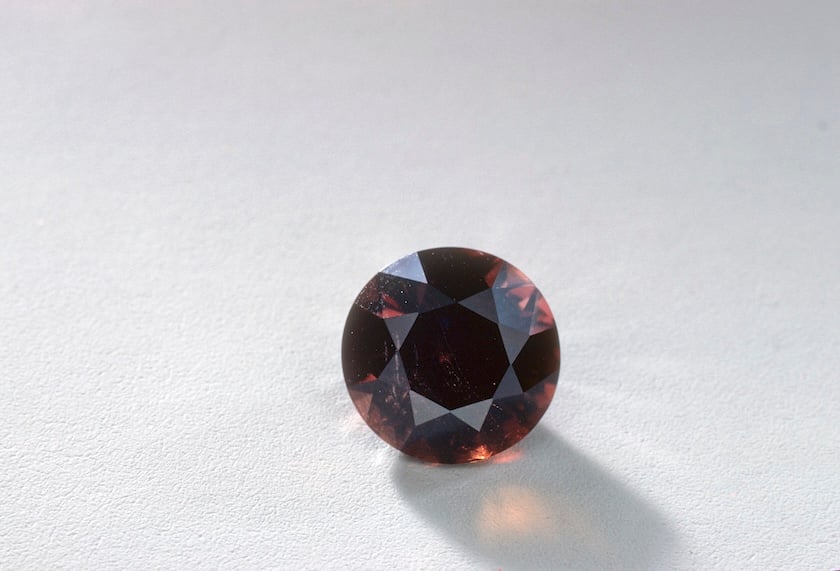Gem Structure Table
How does a gem's crystal system affect its properties? Consult our gem structure table to learn more about selected gemstones.
By International Gem Society, updated on
Many gemstone properties stem from the crystal systems in which minerals form. The following gem structure table lists selected physical and optical characteristics based on mineral crystal systems, include characteristics of non-mineral amorphous gemstones.
| Crystal System | Crystal Axes and Angles | Isotropy/Anisotropy | Refractive Index | Optic Character | Pleochroism | Examples |
| Amorphous | No order, no axes | Isotropic | 1 RI | None | None | Opal, Amber, Glass, Plastic |
| Isometric | 1 axis length, all at 90° | Isotropic | 1 RI | None | None | Diamond, Spinel, Garnet |
| Tetragonal | 2 axis lengths, all at 90° | Anisotropic | 2 RIs | Uniaxial | May be dichroic | Zircon |
| Hexagonal | 2 axis lengths | Anisotropic | 2 RIs | Uniaxial | May be dichroic | Quartz, Beryl, Apatite, Corundum, Tourmaline |
| Orthorhombic | 3 axis lengths, all at 90° | Anisotropic | 3 RIs | Biaxial | May be trichroic | Topaz, Zoisite, Peridot |
| Monoclinic | 3 axis lengths, 2 axes at 90° (1 oblique) | Anisotropic | 3 RIs | Biaxial | May be trichroic | Orthoclase, Spodumene |
| Triclinic | 3 axis lengths, all axes oblique | Anisotropic | 3 RIs | Biaxial | May be trichroic | Labradorite, Axinite |
Gem structure table, compliments of The International Gem Society.
International Gem Society
Related Articles
Table of Refractive Indices and Double Refraction of Selected Gems
Refractive indices and double refraction (birefringence) help gemologists identify gems. The following table lists these values for selected gemstones.
Read More
The Mohs Hardness Scale and Chart for Select Gems
The Mohs hardness scale measures a mineral's resistance to scratching. Find the traditional scale here and a chart of select...
Read More
Ring Size Comparison Chart
Ring Size Comparison Chart compliments of the International Gem Society. A conversion table of Ring sizes. 7 different ring size...
Read More
METAL/WAX FORMULAS
Jewelers need to know how to determine how much gold is needed for a wax mold. Here are three methods...
Read More
Latest Articles
Brazilianite Value, Price, and Jewelry Information
Brazilianite's lovely green to yellow colors make it a must for gem collectors. Large faceted stones are often flawed, but...
Read More
Ruby-Glass Composites vs Leaded Glass Clarity Enhancements
Ruby-glass composites and leaded glass ruby clarity enhancements are difficult for gemologists to detect. Learn how to identify these gems...
Read More
Morganite Buying Guide
Complete morganite buying guide covering the 4 Cs, treatments, and pricing. Learn how to choose the perfect pink beryl gemstone...
Read More
How Do Amethysts Form?
Discover the fascinating geological journey that transforms colorless quartz into vibrant purple amethyst through volcanic processes, iron impurities, and natural...
Read More
Never Stop Learning
When you join the IGS community, you get trusted diamond & gemstone information when you need it.
Get Gemology Insights
Get started with the International Gem Society’s free guide to gemstone identification. Join our weekly newsletter & get a free copy of the Gem ID Checklist!
